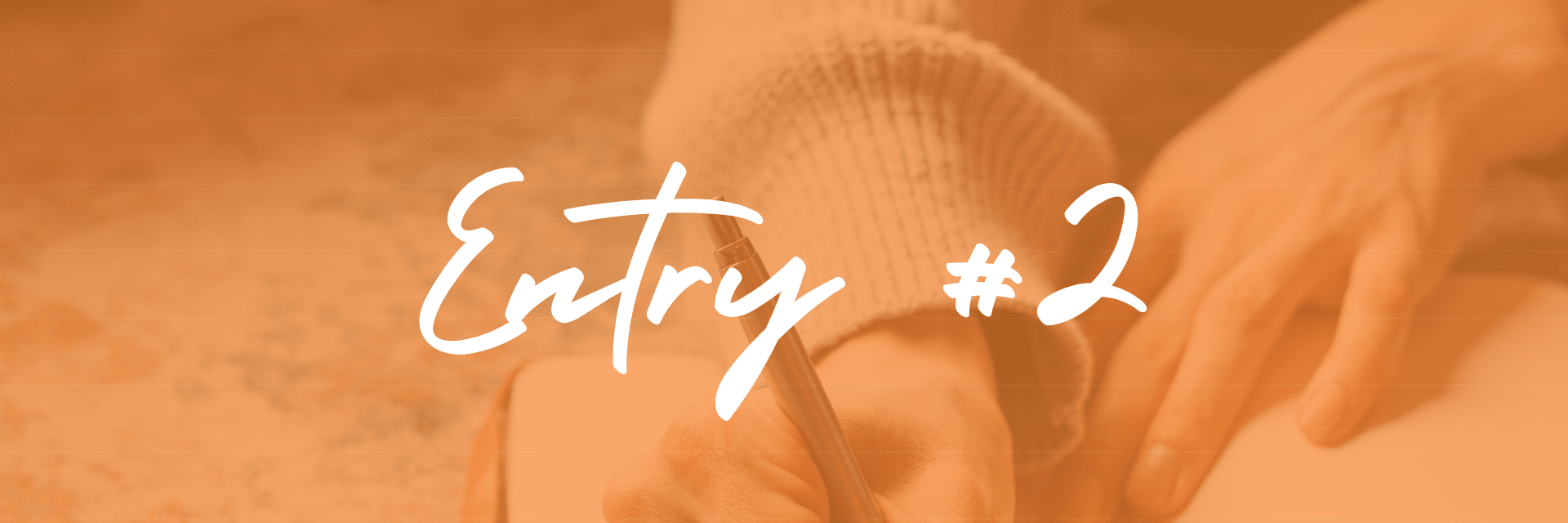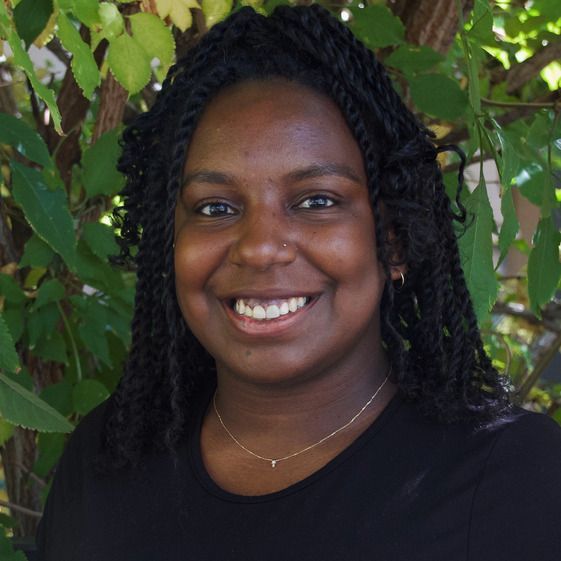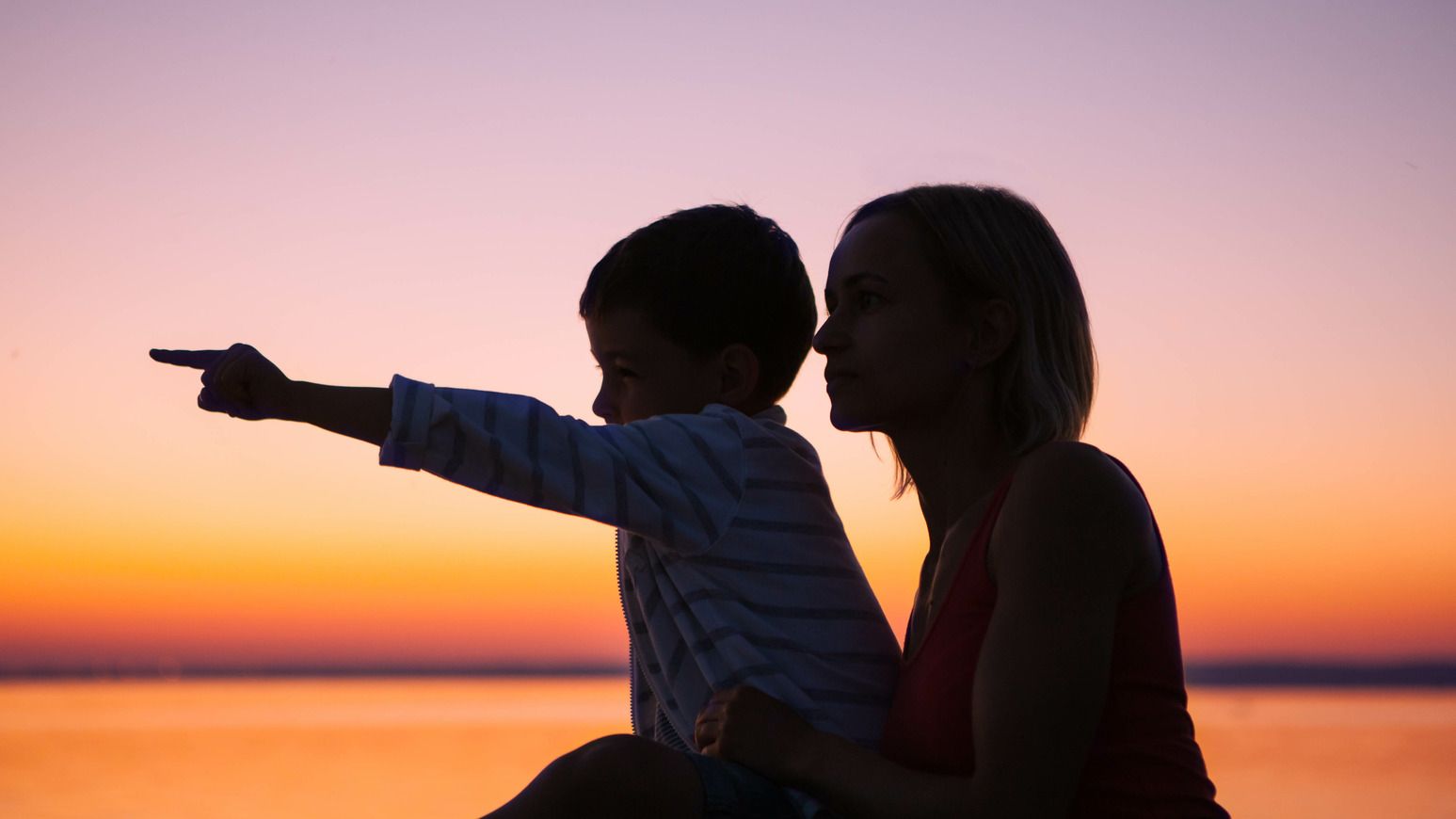
Since my first year of teaching, I’ve had this recurring nightmare about school. I wish it were about the copier not working again or making 100 copies instead of 10. Or I forgot my lunch at home, and I had to eat the school lunch on Mystery Meat Day.
It's worse. It's usually the first day of school or coming back from a break. This nightmare starts with not being prepared. I have to make copies of worksheets two minutes before the students enter the school, but then my computer isn't working, and I can’t print the original copy. Since I wasn’t perfectly prepared, I get back to the classroom, and my students are out of their seats, talking back, playing music out loud, and refusing to follow any signal for order. There are arguments, fights, yelling, and horse-playing. I would try to get them to stop, be quiet, and listen, but every single time, all I could do was stand there – every single time. Frozen. Helpless. Unable to use my voice.
This isn’t one of those nightmares where I wake up and say, “Oh, silly! There is no truth in that.” or “Mental note: stop eating sugary foods before bed.” I wake up crying and distraught because it feels so real. It feels like a mental reminder that the behavior will be the same no matter what changes you make. Every weekend, holiday break, or school year, I have made some type of time or financial investment to improve my classroom management, and I KEEP having this nightmare.
There is a subtle difference between my nightmare and what was actually happening in the classroom. I wasn’t standing there frozen 100% of the time. I usually froze when I had exhausted every other preventative technique or consequence. I would yell, threaten to take away recess, or give silent lunch. I’ve used Classdojo and candy. I called parents and lectured about the importance of listening and learning. I even got a Master's in Emotional and Behavioral disorders for research-based strategies for behavior.
I still felt helpless. Inadequate, leaving the school with brain fog and headaches frequently. Overwhelmed. How did my dream job of teaching turn into a nightmare?
Four years later, the nightmare started again. I wasn’t prepared for the first day of school. Something was actually wrong with the copier. I went to the classroom, and the students were out of their seats. But this time, I responded differently. I took a deep breath and started dancing. I did the robot and the wave. My students were surprised, but I began to feel regulated. I used my voice to express my frustration and my crossed boundaries without yelling. I gave my students a choice to read a book or color a picture. I had my voice. I took a moment to regulate myself and didn't feel helpless. When I woke up, I was crying. This was the first time I felt relieved and confident in the classroom and in my dream.
See, I recently graduated as a certified parenting coach through the Jai Institute for Parenting. I spent the last few months feeling seen, heard, and validated by my master trainer and students in my cohort. I was able to implement a number of strategies and methodologies from Jai during times of heightened dysregulation. I didn’t feel alone. I had coaches that I could call for support and reflection.
Here are three shifts that I made:
Awareness
I was freezing and feeling numb because of my childhood experiences with conflict. As a child, I made myself feel small when my parents were arguing, and even though I wanted to intervene, I never did. I noticed when my students were arguing, my heart rate would increase. I would yell to get them to stop or sit there, unable to say a thing. With therapy and Jai, I began to heal and acknowledge this childhood wound. “You can do this.” “Your voice matters.”
Self-Regulation
This is why I started dancing in my dream. I learned that experiencing emotions can be a full-body sensation. If I feel frustrated, I might notice heavy breathing. If my students felt angry, they may experience an increased heart rate. Instead of trying to ignore or suppress this, I grew in emotional intelligence, modeled my regulation, and taught my students tools unique to their nervous systems. My students didn't want to do the robot and the wave, but now they noticed a new pattern. My teacher doesn't yell when she is frustrated. She does that silly dance.
Modeling
Something shifted when I realized the behavior wasn’t intentional 99.9% of the time. I realized that behavior was communicating a met or unmet need. I started by getting curious about myself. The class is really talkative at the moment. “I feel angry. My heart rate is increasing, and I’m starting to sweat. I need quietness.” Deep breath and cue the dancing to regulate. How can I use my words to communicate that instead of my behavior?
I no longer dwelled on the thought of inadequacy or feeling inherently wrong. I felt so empowered. As educators, we are usually taught logical, external strategies for behavior. But not much is said about our emotions, beliefs, and patterns as our internal compass in the classroom. My classroom management plan does not say anything about yelling or feeling numb by the middle of the day, but it happened as a defense mechanism. To experience this transformation in a nightmare was amazing, but knowing that it was also a reality was liberating. Thank you, Jai.

Meet Your Author,
Shaella Freeman
Shaella Freeman is a Master Certified Parenting Coach, former educator, and cool aunt to her nieces and nephews. She is passionate about reimagining education and discipline with empathy, connection, and communication.
In her work, Shaella combines her M.Ed. in Emotional and Behavioral Disorders with relational safety strategies to empower educators in the classroom.
When she is not coaching, she is at the gym, watching Abott Elementary, or on FaceTime with her nieces and nephews.
Connect with Shaella at: shaellafreeman.com


KEEP READING:



Better Business Bureau Accreditation. Privacy Policy.
The Jai Institute for Parenting. All Rights Reserved.






